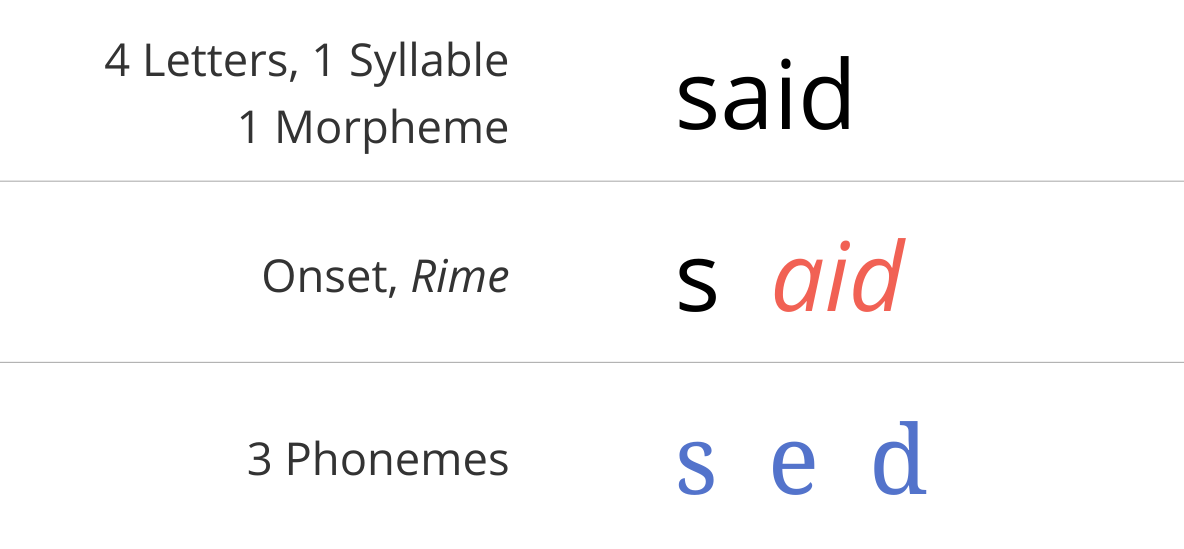Dual enrollment courses are usually community college or four-year college courses taken by high school students, either at the college or at their high schools with instructors paid by, or at least supervised by, the college. Looking at the records of 299,685 dual enrollment students in Florida, the researchers found that taking dual enrollment courses correlated to higher rates of high school graduation, enrollment in two-year and four-year colleges and academic performance in college. Students who took dual enrollment courses while enrolled in Florida high schools had higher college grade point averages and more college credits three years after high school graduation than similar students who had not done dual enrollment.
A review of the records of 2,303 New York students found those in the “College Now” dual enrollment program were more likely to pursue a bachelor’s degree and have better college grades their first semester than students of similar backgrounds who did not do dual enrollment.
Despite the evidence that these college courses — like AP and IB — give high school students a taste of college rigor that can bring college success, the researchers reported that many students are being denied a chance to take them. The ill-considered limits on high schoolers who want to take college-level courses is also a big problem for AP, and suggests that most of our high school administrators and many state education officials are in dire need of an attitude adjustment.
Nash’s “Guidelines” state that no credit will be permitted for non-MMSD courses whenever THEY deem they offer a comparable course (i.e., regardless of format) ANYWHERE in the MMSD. Even when the MMSD doesn’t offer a comparable course, they will permit a maximum of TWO ELECTIVE credits, i.e., they can not be used to fulfill specific requirements for graduation. Thus, if these Guidelines are allowed to stand, no credit whatsoever will be permitted for any high school or college course the district offers that a student takes, instead, via WCATY, EPGY, UW-Extension, online, correspondence, etc., regardless of the student’s ability to access the District’s comparable course.

Background and update regarding high school credit for non-MMSD courses: In November, 2001, the MMSD BOE had approved (in the absence of community input) a new policy to no longer allow students to receive high school credit for courses taken outside of the MMSD (e.g., UW and MATC courses taken outside of the YOP (Youth Options); correspondence and online courses such as ones offered by UW-Extension and via Stanford’s EPGY and Northwestern’s CTD; WCATY and CTD summer courses).
When community members found out about the new policy and objected to it, the BOE rescinded this new policy in January, 2002. They then (i) requested Central Administration to study the issue and come back to the BOE with another policy to recommend for approval, and (ii) froze the policy to be whatever each high school had been doing prior to November, 2001 regarding credit for non-MMSD courses.
In December, 2006, this issue, once again, came before the BOE since District policy regarding this matter was in a state of confusion: (i) a new policy STILL had yet to be brought before the BOE for approval, and (ii) non-official District policy HAD been gradually changing in the interim, with District high schools now rejecting for credit courses they had been previously been accepting (i.e., the “freeze” was not holding).
At this time, the BOE voted, once again, (i) to “freeze” policy at each high school at whatever it had been, and (ii) to have Central Administration develop a coherent policy regarding credit for non-MMSD courses that could be brought to the BOE for discussion and approval.
Last winter/spring, Pam Nash, Clarence Sherrod, and others worked on developing such a policy. Their preliminary draft materials have recently been forwarded to Lawrie Kazba, Chair of the Performance & Achievement Committee. Lawrie has yet to place this item on the agenda for discussion by this committee.
In the interim, District administrators are rejecting requests for credit for non-MMSD courses, in violation of the BOE-approved “freeze”. Some students are responding by dropping out of the MMSD!
It has now been almost 6 years, yes 6 years that we have been waiting for an official, coherent BOE-approved policy that makes sense!
When are we finally going to get one??? Why are administrators being permitted to ignore the “freeze” in the interim? The current situation is bad for students, bad for the MMSD, and bad for teachers and MTI. In the absence of a coherent policy on this topic, ALL of us in the MMSD lose while other school districts in the State move forward in a timely manner.